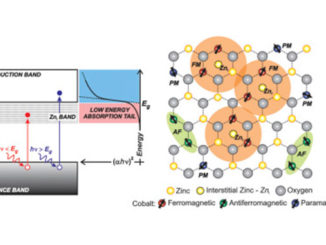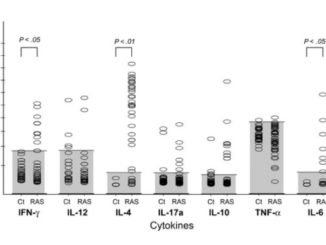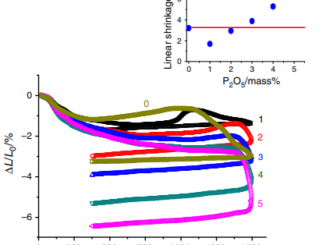The impact of antimicrobial photodynamic therapy on peri-implant disease: What mechanisms are involved in this novel treatment?
Abstract: According to the American Academy of Implant Dentistry. 3 million Americans have dental implants, and this number is growing by 500,000 each year. Proportionally, the number of biological complications is also increasing. Among them, peri-implant disease is considered the most common cause of implant loss after osseointegration. In this context, microorganisms residing on the surfaces of implants and their prosthetic components are considered to be the primary etiologic factor for peri-implantitis. Some research groups have proposed combining surgical and non-surgical therapies with systemic antibiotics. The major problem associated with the use of antibiotics to treat peri-implantitis is that microorganisms replicate very quickly. Moreover, inappropriate prescription of antibiotics is not only associated with potential resistance but also and most importantly with the development of superinfections that are difficult to eradicate. Although antimicrobial photodynamic therapy (aPDT) was discovered several years ago, aPDT has only recently emerged as a possible alternative therapy against different oral pathogens causing peri-implantitis. The mechanism of action of aPDT is based on a combination of a photosensitizer drug and light of a specific wavelength in the presence of oxygen. The reaction between light and oxygen produces toxic forms of oxygen species that can kill microbial cells. This mechanism is crucial to the efficacy of aPDT. To help us understand conflicting data, it is necessary to know all the particularities of the etiology of peri-implantitis and the aPDT compounds. We believe that this review will draw attention to new insights regarding the impact of aPDT on peri-implant disease. (C) 2016 Elsevier B.V. All rights reserved.
Author(s): Tavares, LJ; Pavarina, AC; Vergani, CE; de Avila, ED
PHOTODIAGNOSIS AND PHOTODYNAMIC THERAPY
Volume: 17 Pages: 236-244 Published: MAR 2017
DOI: 10.1016/j.pdpdt.2016.11.016




